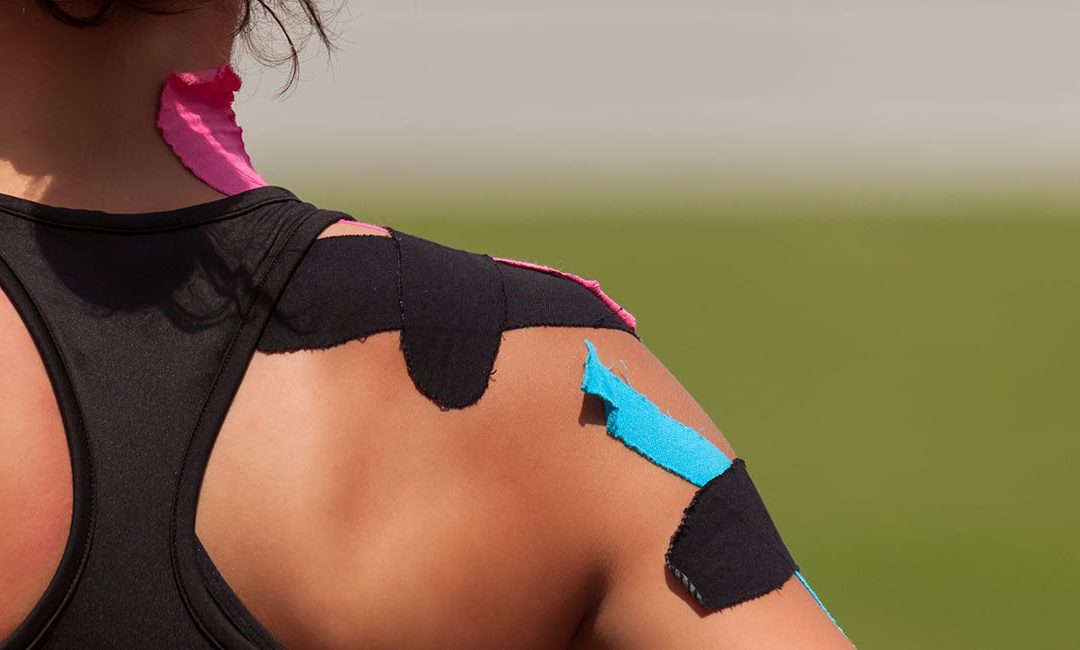Shoulder Labral Tear is a painful condition and is common among athletes. The Labrum is a cartilaginous ring that surrounds the shoulder socket and the bicep tendon goes through the shoulder joint and attaches to the top of this small structure. Any repeated activity or trauma can lead to the damage of the labrum and this tear is common among sportspersons involved in overhead throws such as volleyball, baseball, etc.
Causes
- Overuse of the shoulder
- Falling on an outstretched hand
- Aging Traumatic event that leads to dislocation
- A direct blow to the shoulder
Symptoms
- Pain in the shoulder joint
- Catching sensation during shoulder movement
- Clicking or popping sound
- Sense of instability that makes shoulder feel loose
- Pain while doing regular activities
- Loss of strength
- Pain with overhead activities
- Decreased range of motion
Diagnosis
If you are experiencing shoulder pain you should consult an orthopedic surgeon for immediate medical care. The surgeon will examine the shoulder to confirm the injury and its extent by checking the range of motion and asking questions about the kind of injury you suffered. Often X-ray is recommended to rule out fracture in the shoulder and to get a clearer picture of the injury. Patients are advised to go for an MRI scan to confirm the tear of the labrum or biceps tendon. Orthopedic surgeons often conduct a full diagnosis and confirm the patient’s medical history to confirm the tear before deciding on the treatment method to be used.
Treatment
Shoulder Labral Tear can be treated non-surgically and surgically depending upon the extent of the damage. To control pain and inflammation, physicians often recommend rest and certain anti-inflammatory medications. A physical therapist helps in easing pain and inflammation by using heat or ice. The patient can also benefit from an array of exercises that improve the motion in the shoulder and the nearby joints and muscles. Even strengthening exercises help in improving the strength and controlling shoulder blade muscles.
After four-six weeks of therapy treatment, patients are often able to get back to normal activities. If the non-surgical methods do not work, then the last resort is surgery. Orthopedic surgeons fully assess the situation and if non-surgical treatments don’t heal the tear the surgeon recommends surgery.
For diagnosis and treatment of Shoulder Labral Tear in Plano, visit the orthopedic doctors at OrthoTexas. To schedule an appointment, call at (972) 985-1072.


